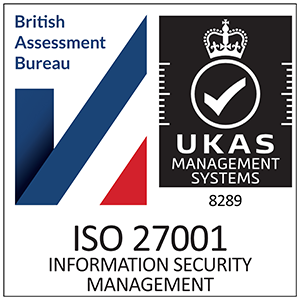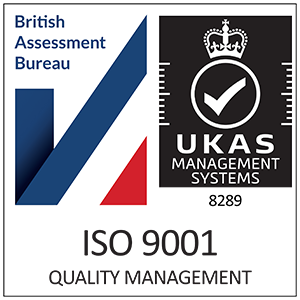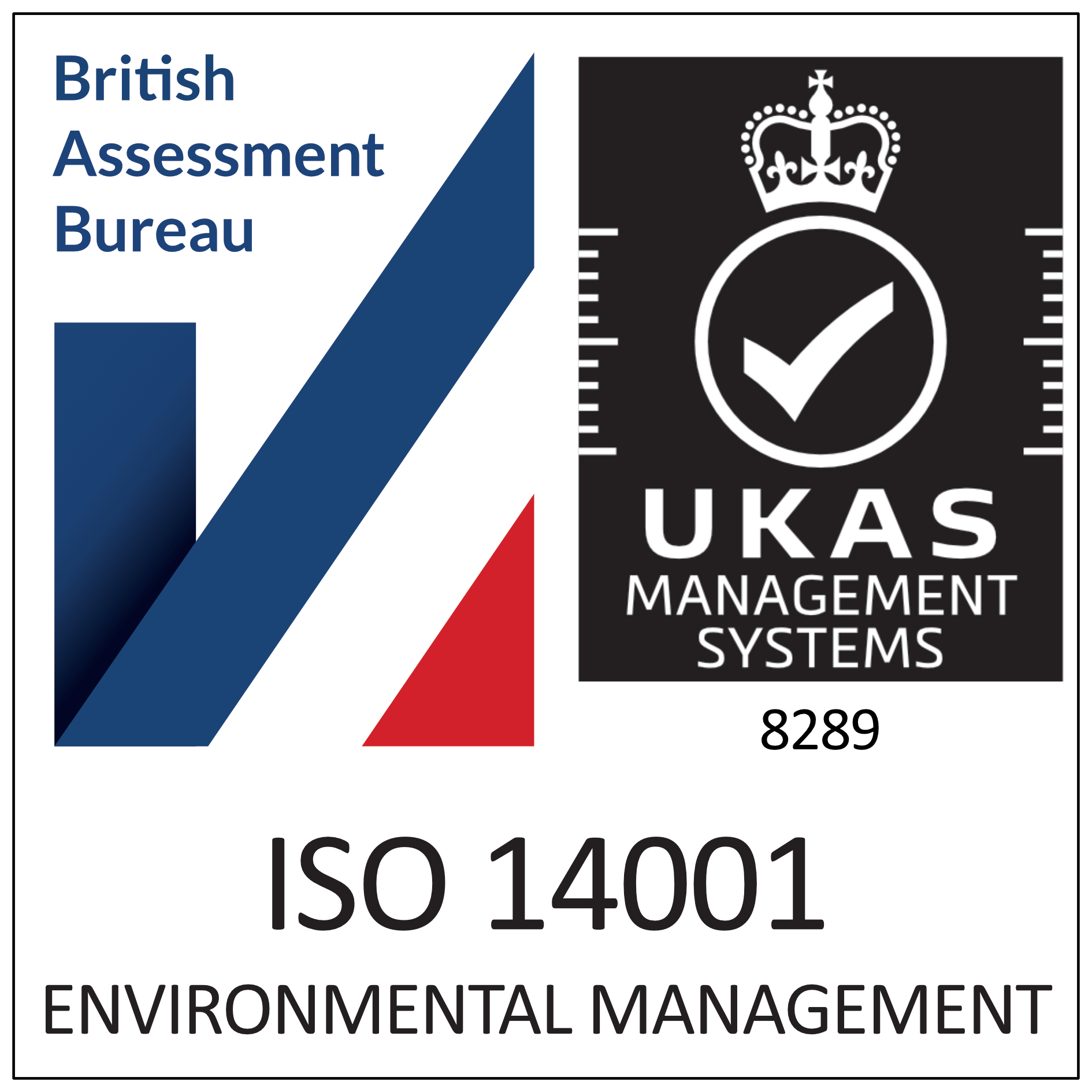For Scottish small and medium-sized enterprises (SMEs), efficiency isn’t just a buzzword—it’s a necessity. In a landscape shaped by tight margins, evolving customer expectations, and rapid technological change, the difference between thriving and merely surviving often comes down to how well a business manages its processes. This blog explores why slow, manual, or clunky processes hold SMEs back, how automation can transform efficiency, and practical steps for Scottish businesses to start their automation journey—without the sales pitch, just actionable insights.
The Problem with slow and clunky processes
Many Scottish SMEs still rely on manual workflows, spreadsheets, or legacy systems. While these may have worked in the early days, as businesses grow, such processes can become bottlenecks. Common issues include:
Employees spend hours on repetitive tasks like data entry, invoicing, or chasing paperwork.
Manual processes are prone to mistakes, which can lead to compliance issues or unhappy customers.
As order volumes or customer numbers grow, processes that worked for a small team quickly become unmanageable.
If only one person knows how a process works, their absence can grind operations to a halt
The Cost of Inefficiency
Clunky processes don’t just slow you down—they cost money. Lost productivity, duplicated effort, and errors can eat into profits. In a competitive market, slow response times or inconsistent customer experiences can also damage your reputation and lead to lost business.
Why Scottish SMEs face unique challenges:
Smaller teams and limited budgets mean less capacity for process improvement projects.
Many businesses use outdated technology that doesn’t integrate well with modern tools.
Teams may be comfortable with “the way we’ve always done it,” making new technology adoption a cultural hurdle.
Without clear workflows, it’s hard to identify where improvements are needed or to train new staff.
Automation: The key to unlocking efficiency
Business process automation uses technology to perform repetitive, rule-based tasks that would otherwise require manual effort. This can range from simple email reminders to complex workflows spanning multiple departments.
Benefits of automation for SMEs
Automation can reduce time spent on manual tasks by up to 20%.
Businesses can save up to 30% on operational costs by automating key processes.
Automation minimises errors in data entry, compliance, and reporting.
Automated communication tools (like chatbots or appointment reminders) provide instant support and reduce missed opportunities.
Automation allows SMEs to handle more business without hiring additional staff.
Freeing staff from mundane tasks lets them focus on higher-value, strategic work.
| Process Area | Manual Approach | Automated Solution | Benefit |
|---|---|---|---|
| Invoicing | Create/send invoices individually | Auto-generate/send via accounting app | Faster payments, fewer errors |
| Customer Onboarding | Paper forms, manual data entry | Digital forms, CRM integration | Reduced admin, better data quality |
| Marketing | One-off emails, spreadsheets | Email automation tools (Mailchimp) | Higher engagement, less manual effort |
| Inventory Management | Manual stock checks | Cloud-based inventory software | Real-time updates, fewer stockouts |
| Reporting & Compliance | Manual spreadsheet reports | Automated dashboards | Instant insights, improved compliance |
| Customer Service | Phone/email only | Chatbots, knowledge bases | 24/7 support, faster response |
Overcoming common barriers to automation
1. Financial & Technical constraints
Prioritise automating high-impact, repetitive tasks first.
Many affordable SaaS solutions require minimal upfront investment and offer pay-as-you-go pricing.
Choose tools that work with your existing systems to avoid costly overhauls.
2. Resistance to change
: Show your team how automation will make their jobs easier, not replace them.
Get feedback and buy-in from those who will use the new tools daily.
Provide hands-on training and support to ease the transition.
3. Lack of process documentation
Document current processes to identify inefficiencies and opportunities for automation.
Create clear guidelines and checklists for key tasks.
4. Scalability & Flexibility
Use tools that can grow with your business and adapt as your needs change.
Test automation in one department before rolling out company-wide.
The Scottish Context: Why local SMEs should act now
Scotland’s business landscape is rapidly digitising. Embracing automation isn’t just about keeping up—it’s about staying ahead. Key drivers include:
Scottish SMEs lag behind UK averages in productivity, partly due to slower digital adoption.
: Automation helps businesses do more with fewer people, a crucial advantage in a tight labour market.
: Various Scottish and UK government initiatives exist to help SMEs invest in digital tools and upskill their workforce.
Getting Started: Practical steps for Scottish bsuinesses
Identify bottlenecks, repetitive tasks, and areas prone to errors.
Start with processes that are simple to automate and offer clear ROI.
Look for solutions tailored to SMEs—many offer free trials or demos.
Involve staff in selecting and testing new tools.
Use performance metrics to measure the impact and adjust as needed.
Join Scottish business groups or digital hubs to share experiences and learn from peers.
Conclusion
Efficiency is the backbone of every successful Scottish SME. While slow, manual processes may have worked in the past, they’re no match for today’s fast-paced, competitive environment. Automation isn’t just for big business—it’s a practical, affordable way for local SMEs to boost productivity, reduce costs, and deliver better customer experiences.
By taking a thoughtful, step-by-step approach, Scottish SMEs can overcome barriers and unlock the benefits of automation—freeing up time and energy to focus on what matters most: growing their business and serving their customers.
This blog is by SilverCloud, committed to helping Scottish SMEs harness the power of technology for a more efficient, sustainable future.






